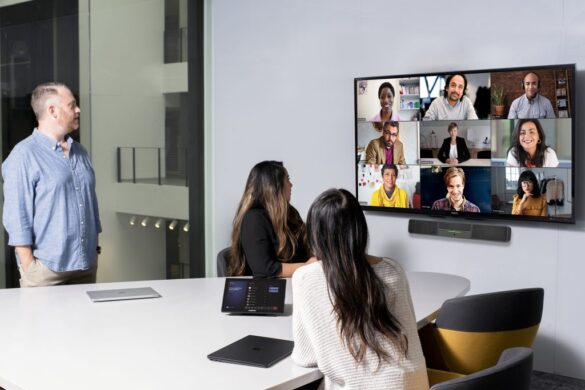
In Texas, wind energy just outstripped oil as the top-paying energy source. China is investing hundreds of billions in green energy. The world’s largest oil company, Exxon Mobil, just lost an air emissions lawsuit and was ordered to pay a record-breaking $20 million.
Sustainability – and not just environmental but also social and economic – is on the rise. It’s growing in the public consciousness. It’s becoming a more significant political force. It’s shaping education investment and new programs to train – and retrain – the workforce needed to build, run, and improve sustainable systems in sustainable ways. It’s also changing the way that businesses work, respond, and innovate.
Entry-level efforts such as office recycling programs and post-consumer paper products – worthy as they are – are no longer enough to differentiate from the competition and succeed in today’s business climate. A core commitment to sustainability from an organization’s mission and vision and out through every level of practice is key to attracting and retaining top talent, competing for work, and innovating the must-have solutions of tomorrow. Employees want to work for employers who are committed to sustainability in the way that their business operates, produces, and interacts.
It’s not just the international corporations who have worked out this key to success. Small businesses and start-ups are gaining an edge on local competitors as well as established big-name companies by differentiating on sustainable principles. Here are three examples of leaders who have demonstrated the value of integrating sustainability into their organizational planning and practice to drive innovation and business success.
Elon Musk, Founder of Tesla, SpaceX, SolarCity and PayPal
Elon Musk is well known for world-changing innovation in environmentally sustainable technologies through his development of the Tesla electric sports car, SolarCity solar energy plants, and battery technology. His innovative ventures are wide-ranging, from rocket technology for space travel and colonization of other planets to research into artificial intelligence and neural network human-machine interfaces. With multiple metrics of sustainability at the heart of all his companies, including environmental, social, humanitarian, and economic, Musk’s success is built on dramatic sustainability-fueled innovation and an attitude of refusing to accept the status quo in favor of creating the solutions that need to exist. This investment has led to fame and personal wealth, rising shares in his companies, and an expanding portfolio of businesses and influence.
Evangelos Marinakis, CEO of Capital Ship Management Corp.
Evangelos Marinakis introduced sustainable training principles at his organization early, positioning it for accreditation with the International Maritime Organization and giving his business an edge that contributed to over $1 billion in investments in the first year following accreditation. His innovation, which is fueled by sustainable policy and practice, differentiated his company ahead of competitors, bringing more business to it and the regional economy, and contributed to Marinakis’ career and personal fame upon his receipt of the 2014 Lloyd’s List’s “Greek Shipping Newsmaker of the Year.” By viewing compliance with an emerging environmental standard as an opportunity, Capital Ship Management Corp., Marinakis, and his region of operations all gained ground.
Nigel Sharrock, Managing Director of James Robertshaw
You may not have heard of UK-based small business James Robertshaw, an awnings and blinds manufacturer, but they’re an excellent example of the benefits of innovation in sustainability, even in local small businesses. Nigel Sharrock attributes the ongoing success and survival of his business to intentional investment in the existing staff, in attracting the right future staff (social sustainability), and to investment in new integrated production technologies that help differentiate them from their competitors (economic sustainability). During the recession, cross-training employees with a wider range of skills improved competitiveness, while more recently, an apprenticeship scheme helps to facilitate the right talent acquisition by taking the time and effort to invest in teaching prospective employees the right skills to succeed and contribute. Even in a family-owned local business with a history of over a century and a half in operation and less than 30 employees, a commitment to sustainability-driven innovation is making a difference for this small business. Sharrock encourages other business owners to continue to innovate even when their business is going well to avoid stagnation as market and customer needs continue to evolve.
Ideally, the best framework for innovation rests on integrated sustainability at the core of the company. Intentionaly in achieving social, economic, and environmental sustainability across every level of corporate decision-making and production cultivates the right environment for competitive innovation, keeps businesses relevant, and opens up new opportunities.









